A magnetic bubble could protect astronauts from dangerous space radiation
Friday, 06 May 2022 14:10
Humans have long dreamed of setting foot on Mars or beyond, and the advances by companies like SpaceX and Blue Origin means perhaps the dream could be closer than ever to becoming reality. But as it stands now, sending astronauts on long-duration missions to other worlds would be impossible because of the hazardous radiation levels in space, outside of Earth's protective magnetic field.
However, a new concept offers hope on the horizon, and the researchers behind it have received funding from the NASA Innovative Advanced Concepts (NIAC) program to build a prototype. Called CREW HaT, the proposal takes advantage of the latest advances in superconducting magnet technology to effectively shield spacecraft—and the astronauts inside—from harmful space radiation.
"We came up with a novel idea about how to shield spaceships from cosmic radiation and energetic solar radiation," said Dr.
Return highlights | Cosmic Kiss
Friday, 06 May 2022 13:52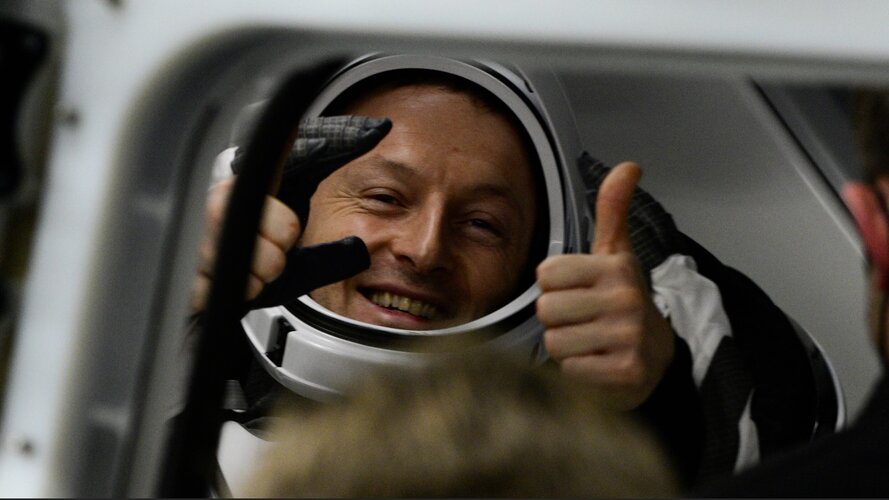 Video:
00:01:41
Video:
00:01:41
The Crew Dragon capsule carrying ESA astronaut Matthias Maurer and NASA astronauts Raja Chari, Thomas Marshburn and Kayla Barron home from the International Space Station splashed down off the coast of Florida, USA, on Friday 6 May 2022 at 05:43 BST/06:43 CEST.
Its return marks the end of Crew-3’s almost six-month stay in orbit and the end of Matthias’s first mission, known as Cosmic Kiss.
Crew-3 undocked from the International Space Station in Crew Dragon spacecraft Endurance at 06:20 BST/07:20 CEST Thursday 5 May. When a Crew capsule splashes down, it is met by nearby ships with experts ready
Week in images: 02-06 May 2022
Friday, 06 May 2022 12:03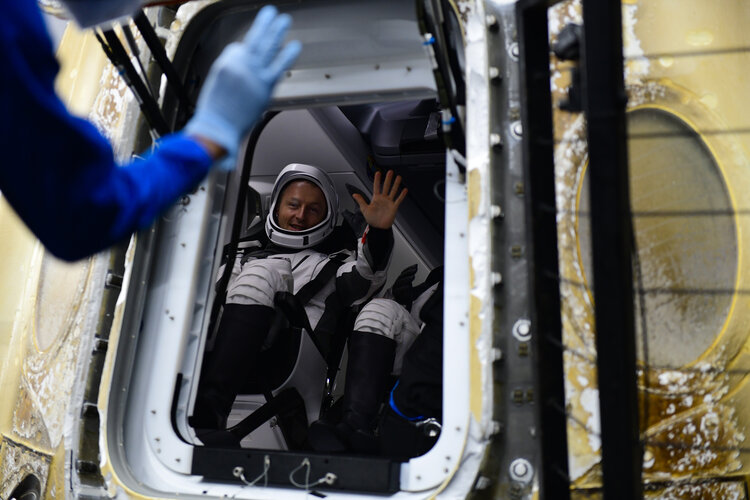
Week in images: 02-06 May 2022
Discover our week through the lens
Op-ed | Why Army Space?
Friday, 06 May 2022 12:01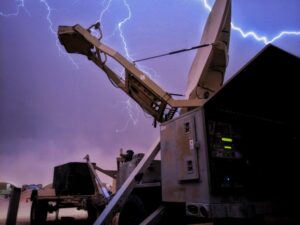
Now, more than ever, we must view space operations through a tactical lens. While the Space Force rightfully focuses “up” to where satellites orbit, Army Space looks “down” to the terrestrial sphere, where people live and wars have been fought for millennia.
M10 engine test success marks key step toward Vega-E
Friday, 06 May 2022 10:33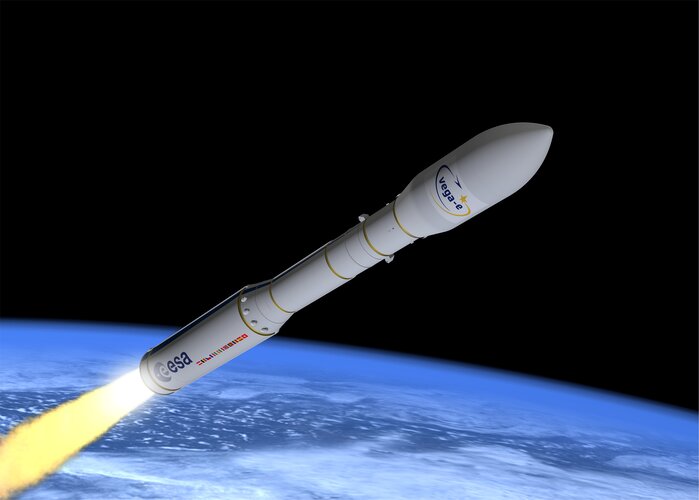
An innovative new rocket engine that is key to ESA’s strategy for ensuring Europe’s independent access to space has successfully completed its first hot-firing test run. M10 is the first of a new generation of “green” rocket motors tested in Europe, at the new SPTF plant (Space Propulsion Test Facility) built by prime contractor Avio in Sardinia.
NASA planning next SLS countdown rehearsal in June
Friday, 06 May 2022 10:17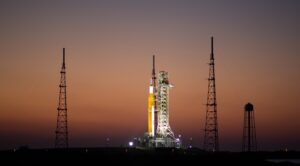
NASA expects to be ready to perform another countdown rehearsal of the Space Launch System in early June as it pushes back the first launch of the vehicle to at least August.
NASA rocket to measure Earth's life-supporting secret: a weak electric field
Friday, 06 May 2022 09:38 Why does Earth support life, while Venus and Mars - and for all we know, any other planet in the universe - do not?
"It's one of the most fundamental questions in all of science: Why are we here? And it's what Endurance is after," said Glyn Collinson, a space scientist at NASA's Goddard Space Flight Center in Greenbelt, Maryland, and principal investigator for NASA's Endurance mission.
Why does Earth support life, while Venus and Mars - and for all we know, any other planet in the universe - do not?
"It's one of the most fundamental questions in all of science: Why are we here? And it's what Endurance is after," said Glyn Collinson, a space scientist at NASA's Goddard Space Flight Center in Greenbelt, Maryland, and principal investigator for NASA's Endurance mission. Crew-3 splashdown | Cosmic Kiss
Friday, 06 May 2022 07:01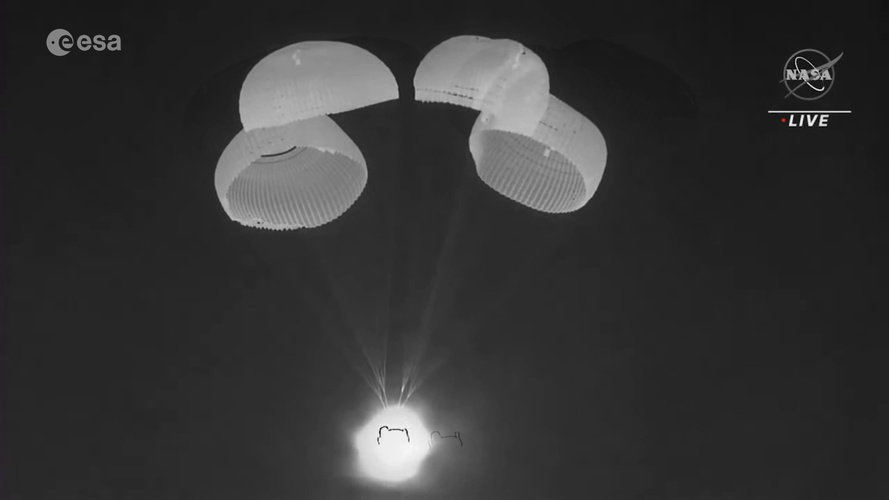 Video:
00:02:28
Video:
00:02:28
The Crew Dragon capsule carrying ESA astronaut Matthias Maurer and NASA astronauts Raja Chari, Thomas Marshburn and Kayla Barron home from the International Space Station splashed down off the coast of Florida, USA, on Friday 6 May 2022 at 05:43 BST/06:43 CEST.
Its return marks the end of Crew-3’s almost six-month stay in orbit and the end of Matthias’s first mission, known as Cosmic Kiss.
Crew-3 undocked from the International Space Station in Crew Dragon spacecraft Endurance at 06:20 BST/07:20 CEST Thursday 5 May.
When a Crew capsule splashes down, it is met by nearby ships with experts ready to
Earth from Space: Rhine River, Germany
Friday, 06 May 2022 07:00
The Rhine River, the longest river in Germany, is featured in this colourful image captured by the Copernicus Sentinel-2 mission. Along this river lies the city of Bonn: the host of this year’s Living Planet Symposium – one of the largest Earth observation conferences in the world – taking place on 23–27 May 2022.
Crew-3 splashdown
Friday, 06 May 2022 06:14 Image:
Image:
The Crew Dragon capsule carrying ESA astronaut Matthias Maurer and NASA astronauts Raja Chari, Thomas Marshburn and Kayla Barron home from the International Space Station splashed down off the coast of Florida, USA, on Friday 6 May.
Its return marks the end of Crew-3’s almost six-month stay in orbit and the end of Matthias’s first mission, known as Cosmic Kiss.
Crew-3 undocked from the International Space Station in Crew Dragon spacecraft Endurance at 06:20 BST/07:20 CEST Thursday 5 May.
When a Crew capsule splashes down, it is met by nearby ships with experts ready to bring it on board, open the hatch,
SpaceX brings 4 astronauts home with midnight splashdown
Friday, 06 May 2022 05:39
SpaceX brought four astronauts home with a midnight splashdown in the Gulf of Mexico on Friday, capping the busiest month yet for Elon Musk's taxi service.
SpaceX brings 4 astronauts home, then launches 53 satellites
Friday, 06 May 2022 05:39
SpaceX brought four astronauts home with a midnight splashdown in the Gulf of Mexico on Friday, capping the busiest month yet for Elon Musk's taxi service.
Astronaut crew returns to Earth after six months on ISS
Friday, 06 May 2022 05:00 NASA's Crew-3 mission returned home to Earth on Friday after six months aboard the International Space Station.
The SpaceX Dragon Endurance spacecraft with NASA astronauts Kayla Barron, Raja Chari and Tom Marshburn, as well as European Space Agency astronaut Matthias Maurer, undocked from the orbital laboratory a day earlier.
Their 23.5 hour journey back saw them splash down off the coas
NASA's Crew-3 mission returned home to Earth on Friday after six months aboard the International Space Station.
The SpaceX Dragon Endurance spacecraft with NASA astronauts Kayla Barron, Raja Chari and Tom Marshburn, as well as European Space Agency astronaut Matthias Maurer, undocked from the orbital laboratory a day earlier.
Their 23.5 hour journey back saw them splash down off the coas Crew-3 splashes down in Gulf of Mexico
Friday, 06 May 2022 04:14
A Crew Dragon spacecraft splashed down in the Gulf of Mexico May 6, returning four astronauts to Earth after nearly six months on the International Space Station.
The post Crew-3 splashes down in Gulf of Mexico appeared first on SpaceNews.


